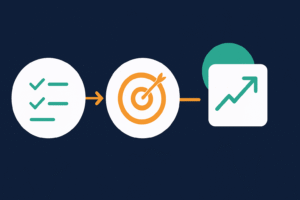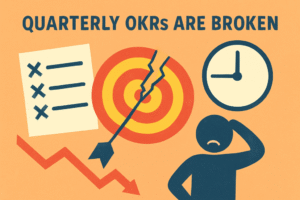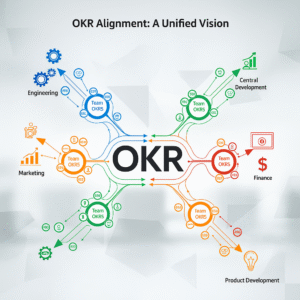The next topic in our series on Business Agility for your bottom line is how the adoption of business agility practices can help increase your revenue. When it comes to building a profitable organization, a key goal is to increase revenue. Business agility helps an organization’s revenue growth in many ways, here are three:
- Put out high-quality products into the market
- Accelerate feedback loops to learn from customers
- Identify opportunities to capitalize on
Releasing high-quality products
If you’ve read our article on how business agility can reduce the cost of delivery, you will have learned that speed of delivery isn’t everything. While delivering a product quickly certainly has its benefits, it won’t be loved by customers unless it has an element of exceptional quality. How much quality and what represents the elements of quality in a product are a subjective assessment of the customer.
Although the term ‘exceptional quality’ varies in meaning depending on the product and the customer’s expectation, some attributes are common enough that most products labeled as having ‘exceptional quality’ will have them. For example:
- The product functions exactly as advertised. No matter how much it’s marketed, a product will only sell over the long term if it does what it’s supposed to do.
- The product is ‘well-made’. High-quality products are considered to have excellent craftsmanship
- The product is reliable. If the product is not available when needed it impacts this important aspect of quality. (We will talk more about this in-depth in a future article)
Business agility practices encourage a focus on technical excellence as a necessary pillar for just this reason. High-performing organizations understand that sometimes it is necessary to slow down to go faster. While delivering rapidly is critical, doing so while not paying attention to technical excellence will build up technical debt, the results of which may slow you down far more than if you pay attention to quality up front.
Creating rapid feedback loops
Convenience and ease of use are other important considerations that determine the quality of a product. Customers love it when products are simple and work right out of the box. However, products rarely hit their mark in their first iteration. That’s why it’s important to establish feedback loops between the organization and the customer.
In the software world especially, these feedback loops are critical to allow developers to know where to go next. They inform them of what the customers think of the product and what improvements they want to see. This feedback can then guide the developers on what changes to make in future versions of the product. By constantly improving the product and optimizing its experience to customer needs, you drive increasing sales and, ultimately, revenue.
Capitalizing on opportunities
The speed of delivery is still important though. It helps an organization capitalize on current market demand, seizing new opportunities before competitors. Developing practices that enable you to learn rapidly within technology can help optimize a company’s delivery times. Extending these practices into the wider organization and developing business agility further will improve your bottom line by increasing revenue. It does this by getting a high-quality product into the hands of consumers while demand is there. Releasing the right product at the right time helps a company maximize sales.
This is also true when introducing newer iterations of a product. Customers love convenience, rapidly introducing small fixes and quality-of-life improvements through updates or newer versions can help to keep customers engaging with the product, especially in the world of software.
In summary, fast delivery times can both help an organization capture a larger percentage of a market and retain the customer base.
Conclusion
If an organization wants to grow, then its revenue has to grow as well. Introducing business agility can introduce a lot of changes that help grow revenue and with it, the organization.
Interested in learning more about how business agility helps with increasing revenue? Be sure to give Definitely, Maybe Agile’s podcast episode on the topic a listen.




